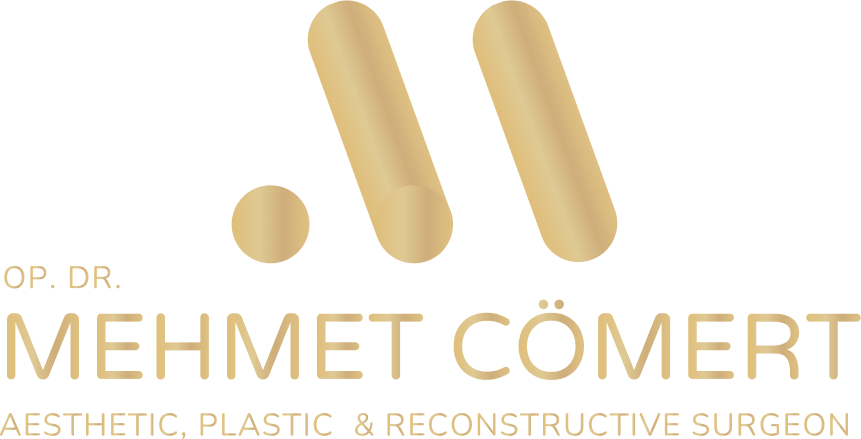

Facial proportioning or rebalancing surgery is a cosmetic procedure designed to enhance the overall symmetry and harmony of a person's facial features. It involves making precise adjustments to various facial structures to achieve a more balanced and aesthetically pleasing appearance.
Facial proportioning surgery takes into consideration the proportions and relationships between different facial components, such as the nose, chin, cheekbones, jawline, and forehead. By analyzing these elements, a surgeon can determine if there are any imbalances or irregularities that may be causing disharmony in the face.
During the surgery, the surgeon may utilize various techniques and procedures to address specific concerns. For example:
-
Rhinoplasty (nose surgery): This procedure can refine the shape, size, and projection of the nose to achieve better harmony with other facial features.
-
Chin augmentation or reduction: A surgeon may alter the size or projection of the chin using implants or bone reshaping techniques to improve facial balance.
-
Cheek augmentation: This procedure involves the placement of implants or dermal fillers to enhance the prominence and definition of the cheekbones.
-
Jawline contouring: Surgical techniques, such as genioplasty or jawline implants, can be employed to modify the shape and prominence of the jawline, creating a more balanced appearance.
-
Forehead contouring: Procedures like brow lift or forehead reduction surgery can address issues such as a receding hairline or prominent brow ridge to achieve facial harmony.
It's important to note that facial proportioning or rebalancing surgery should be performed by a qualified and experienced plastic surgeon. Prior to undergoing any surgical procedure, a comprehensive evaluation and consultation are typically conducted to determine the specific concerns and develop an individualized treatment plan.
While facial proportioning surgery can improve facial balance and symmetry, it's essential to have realistic expectations and understand that the goal is to enhance natural features rather than achieve a specific "ideal" look. The ultimate aim is to create a more harmonious and pleasing facial appearance that aligns with the patient's unique features and personal preferences.


